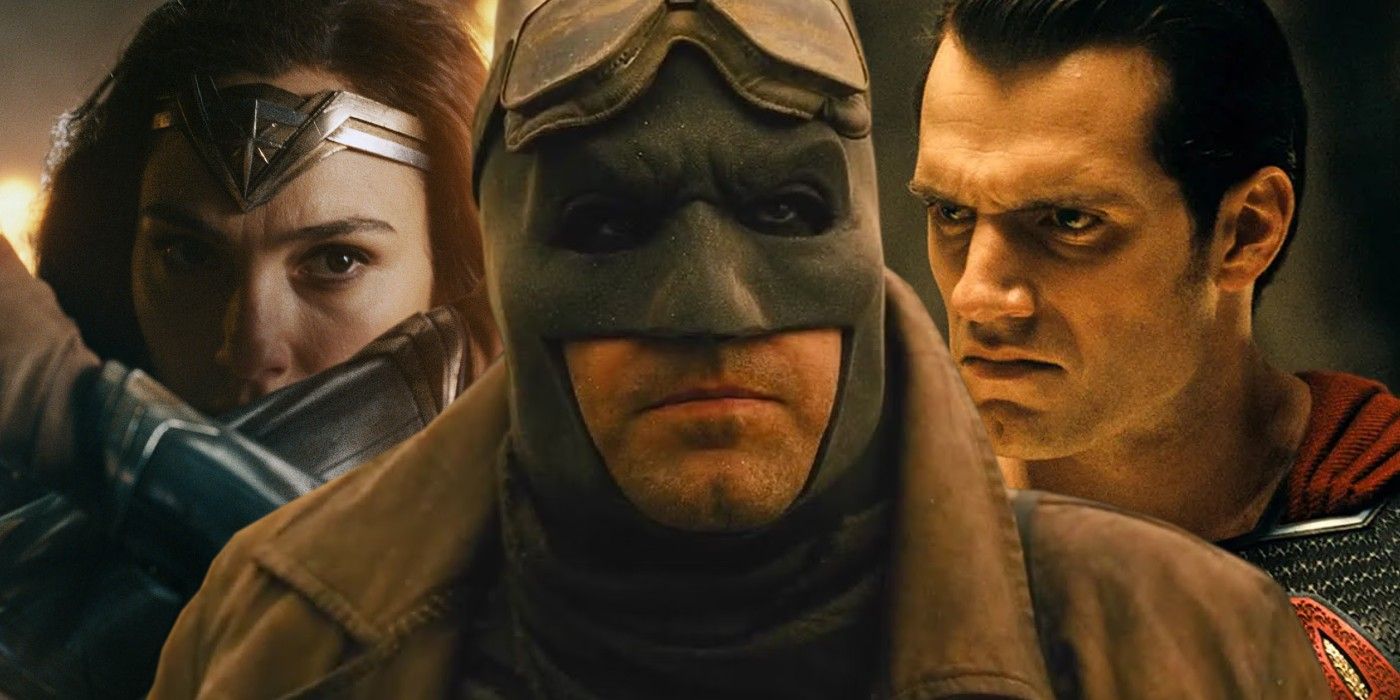Zack Snyder’s Justice League: A Vision Realized in Epic Scale
Zack Snyder’s Justice League, released in 2021, is the director’s definitive version of the 2017 superhero ensemble film, presenting a darker, more cohesive, and emotionally resonant story of heroism, sacrifice, and unity. This four-hour epic reimagines the DC Comics universe on screen, offering fans a more complete narrative, richer character development, and visually striking action sequences. The film stands as a testament to Snyder’s singular vision and the passionate support of its fanbase, often referred to as the “Snyder Cut” movement.
The story follows Batman (Ben Affleck) as he assembles a team of metahumans to face an existential threat: the resurrection of the tyrannical Steppenwolf, who seeks to conquer Earth using the powerful Mother Boxes. The team includes Wonder Woman (Gal Gadot), Aquaman (Jason Momoa), The Flash (Ezra Miller), and Cyborg (Ray Fisher), each bringing unique abilities and personal conflicts to the battle. The film dives deeper into the individual backstories of these heroes, with particular attention to Cyborg’s journey, exploring his struggle with identity, loss, and the newfound power that makes him central to the mission.

Zack Snyder’s direction emphasizes a more serious and mature tone than the original theatrical release. The film’s cinematography is epic in scope, with sweeping landscapes, meticulously crafted set pieces, and dynamic action sequences that showcase the heroes’ abilities in visually arresting ways. The integration of CGI is used not only for spectacle but to enhance storytelling, particularly in Steppenwolf’s menacing presence and the climactic battles that span cities and otherworldly landscapes.
One of the key strengths of Zack Snyder’s Justice League is its character development. The film allows each hero to have meaningful arcs, highlighting their humanity, flaws, and motivations. Batman wrestles with guilt and the responsibility of leadership; Wonder Woman embodies courage and compassion; Aquaman balances arrogance with loyalty; The Flash navigates self-doubt and youthful impulsiveness; and Cyborg confronts the trauma of his transformation while embracing his crucial role in saving the world. These layers give the story emotional weight, making the stakes of the climactic conflict feel deeply personal.
The score, composed by Tom Holkenborg (Junkie XL), complements the narrative with sweeping, heroic themes and darker undertones that match the film’s epic tone. The sound design enhances both the intimate emotional moments and large-scale action sequences, immersing viewers in the grandeur of the DC universe.

Beyond the action and visual spectacle, the film explores themes of teamwork, redemption, and the resilience of humanity when confronted with overwhelming odds. It portrays the heroes not merely as superpowered beings but as individuals capable of growth, sacrifice, and connection, emphasizing that their strength lies not only in their powers but in their unity and shared moral vision.
Ultimately, Zack Snyder’s Justice League is a monumental achievement in superhero cinema, offering a richer, darker, and more satisfying version of a story fans had longed to see. With its epic scale, detailed character development, and Snyder’s uncompromising vision, the film redefines the DC cinematic universe and stands as a landmark in contemporary superhero storytelling.


-1752036105-q80.webp)